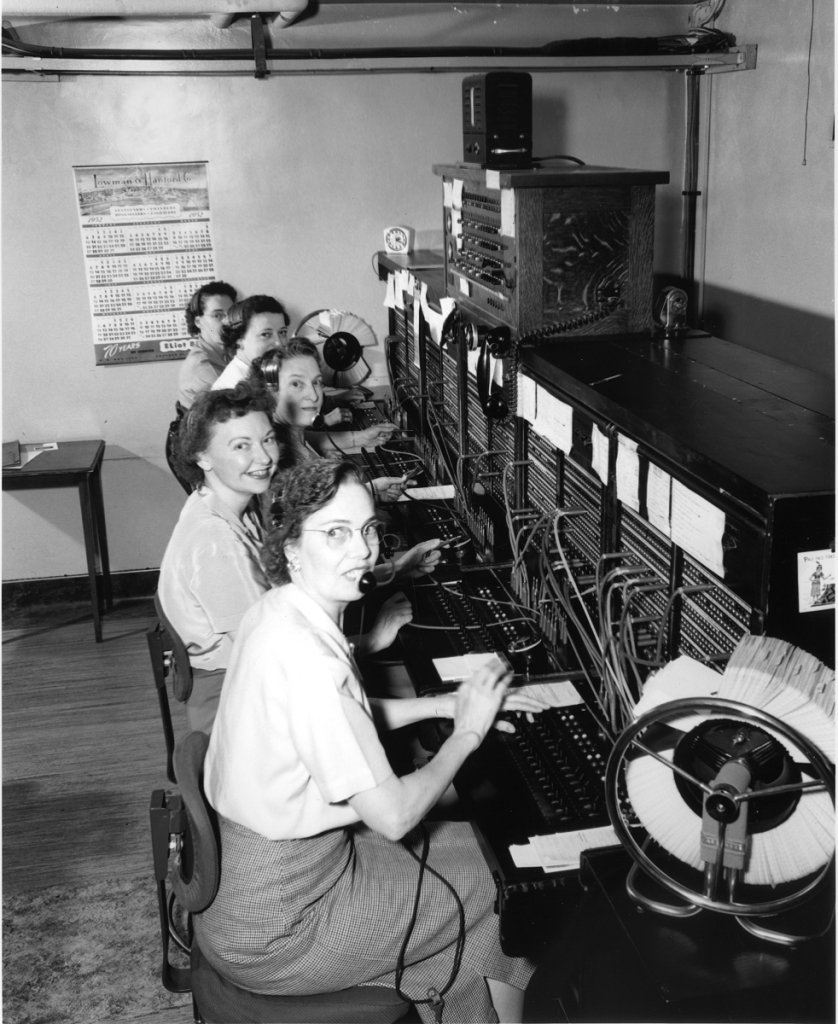Imagine asking 100 people to describe a Contact Centre. Most would likely envision a bustling office space with employees wearing headsets, sitting in front of computers, and handling phone calls. This common perception, however, limits our understanding of what a contact center truly is and inadvertently excludes other businesses from recognizing themselves as part of this ecosystem.

Yet, there’s a missed opportunity in this narrow perspective. Consider the remarkable advancements in Contact Center Technology.
Technology evolves rapidly, often leaving us struggling to keep up. Just think about the capabilities packed into your latest iPhone or Android device—it’s more powerful than the technology that once took us to the moon.
The ongoing technology revolution brings both complexity and immense capability. Unfortunately, the terminology itself sometimes leads to exclusion, preventing businesses from realizing the substantial benefits available.
Consider this scenario: A business leader or owner dismisses the idea of using contact center technology because their company doesn’t fit the traditional contact center mold.
Remember, every business relies on customers for survival. These very customers interact with your business, reaching out and receiving responses. Are you following so far? Excellent.
These customers are part of the same ever-changing cycle as we are. They, too, embrace technological shifts. Moreover, consider how the demographics of your customer base influence the transition from “real-time live voice” conversations to more digital, near-real-time, or asynchronous interactions—think WhatsApp and similar channels.
Ignore these changes at your peril, because we all know that customers will vote with their feet if you are not able to offer them the flexibility and choice that they demand of us.
This is not about Tech for Tech sake, but embracing the inevitable change that is happening with or without us.
A word of caution, however. Do make sure that you plan this well and consider the fallout should you get this wrong. And some of the wrongest (I know, but it felt right to use the word) implementations are from some of the largest companies on the planet – why – I can only surmise that they feel they CAN, because they are the 400lb gorilla – but we all know they are wrong don’t we.
So my advice would be to dip your toe in the water and introduce these emerging DIGITAL channels into your NON-CONTACT CENTRE businesses and do it well. Making sure that you are not building them in siloes, but doing it in a joined up and connected way (Omnichannel) that keeps real people at the heart of the changes – your staff and your customers.
Equally I would also investigate how AUTOMATION can better serve your customers – including Artificial Intelligence solutions using Generative AI. Although there is a place for less sophistication for some interactions
Want some help and advice – just ask. I don’t bite, even as a Leicester Tigers 🐯supporter 😜











You must be logged in to post a comment.